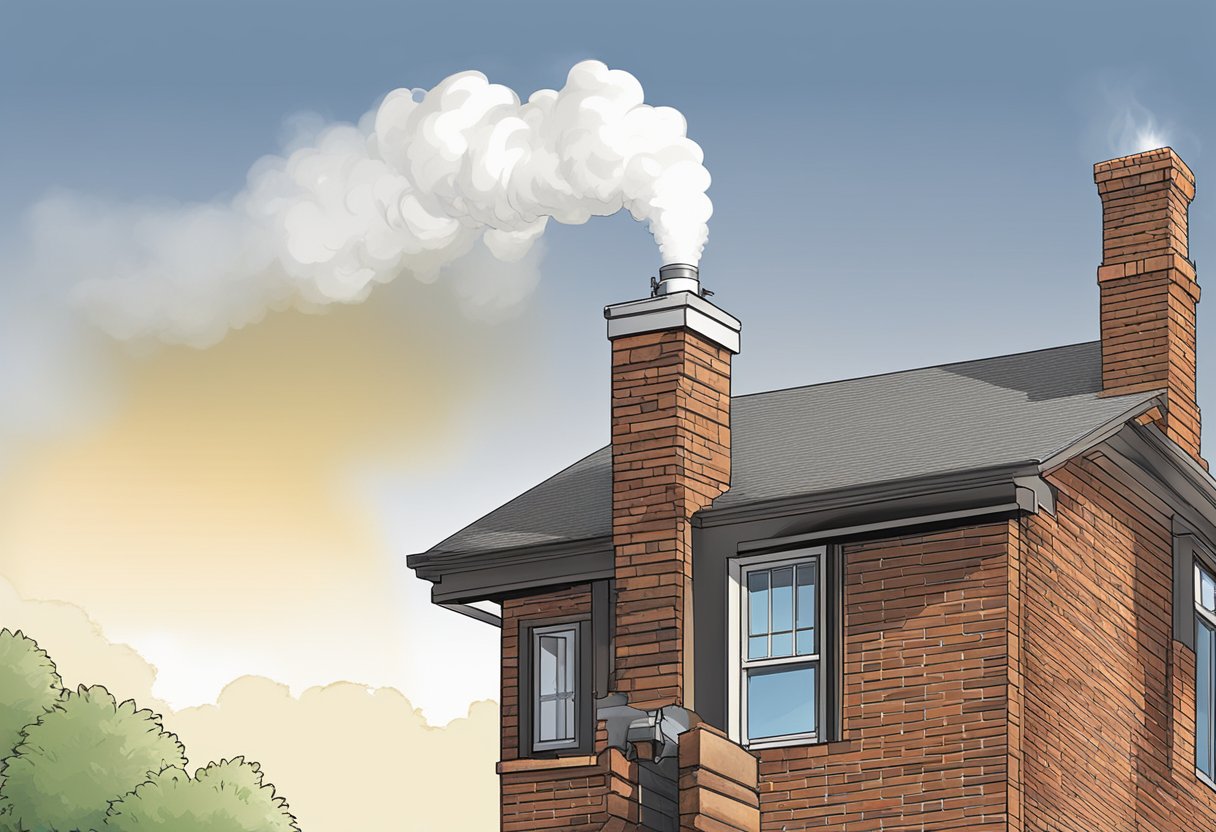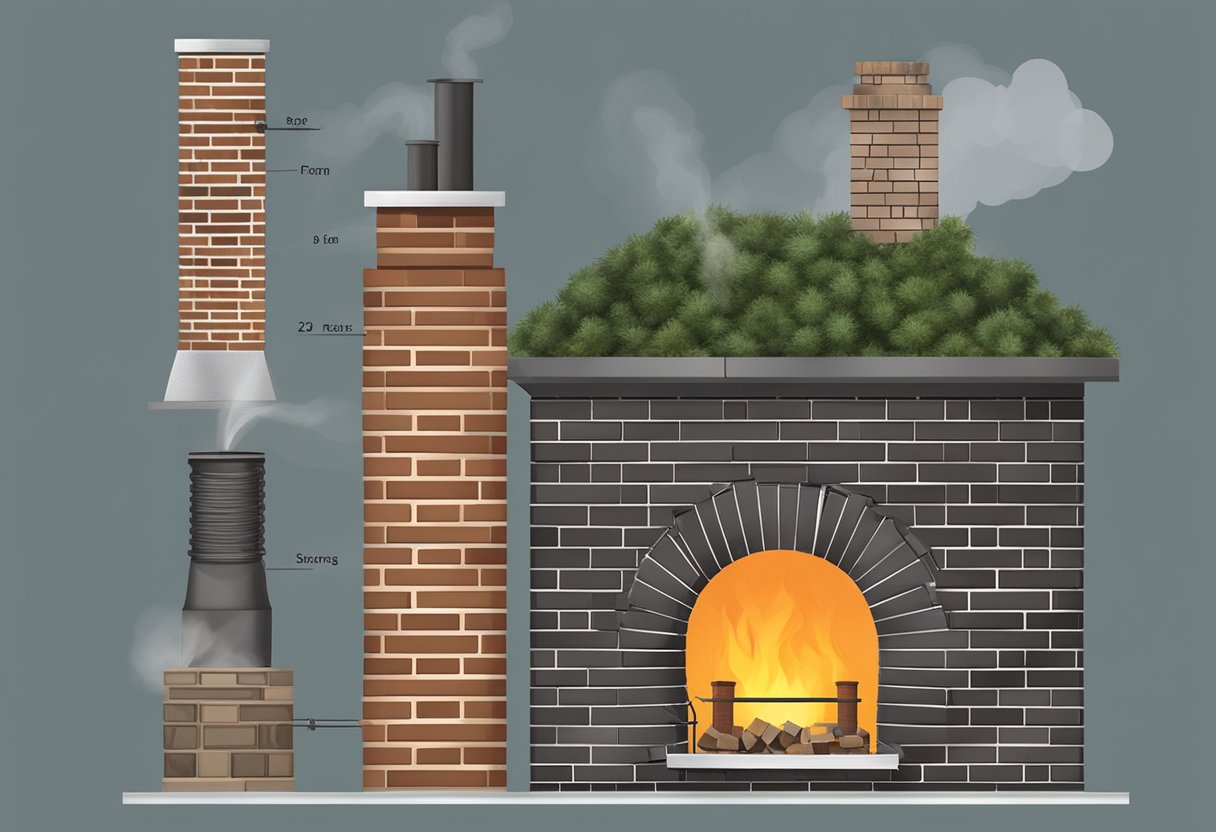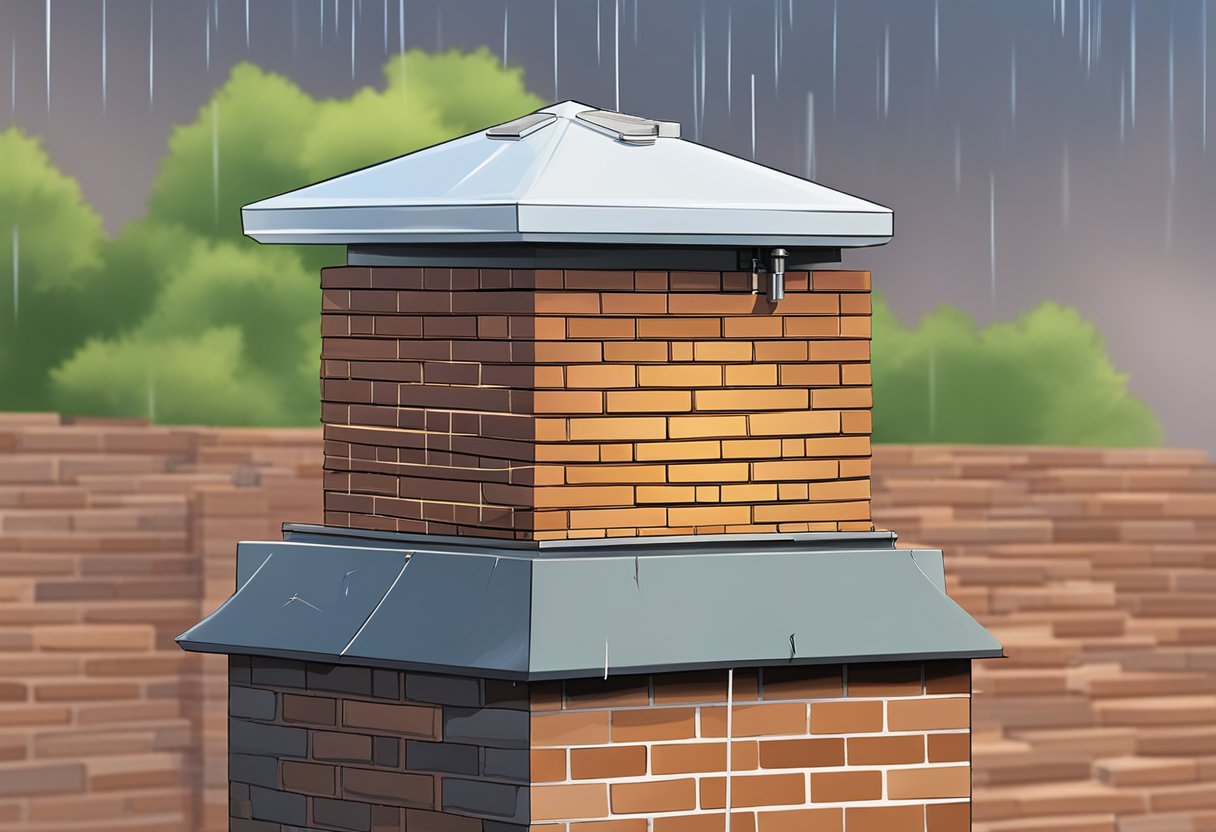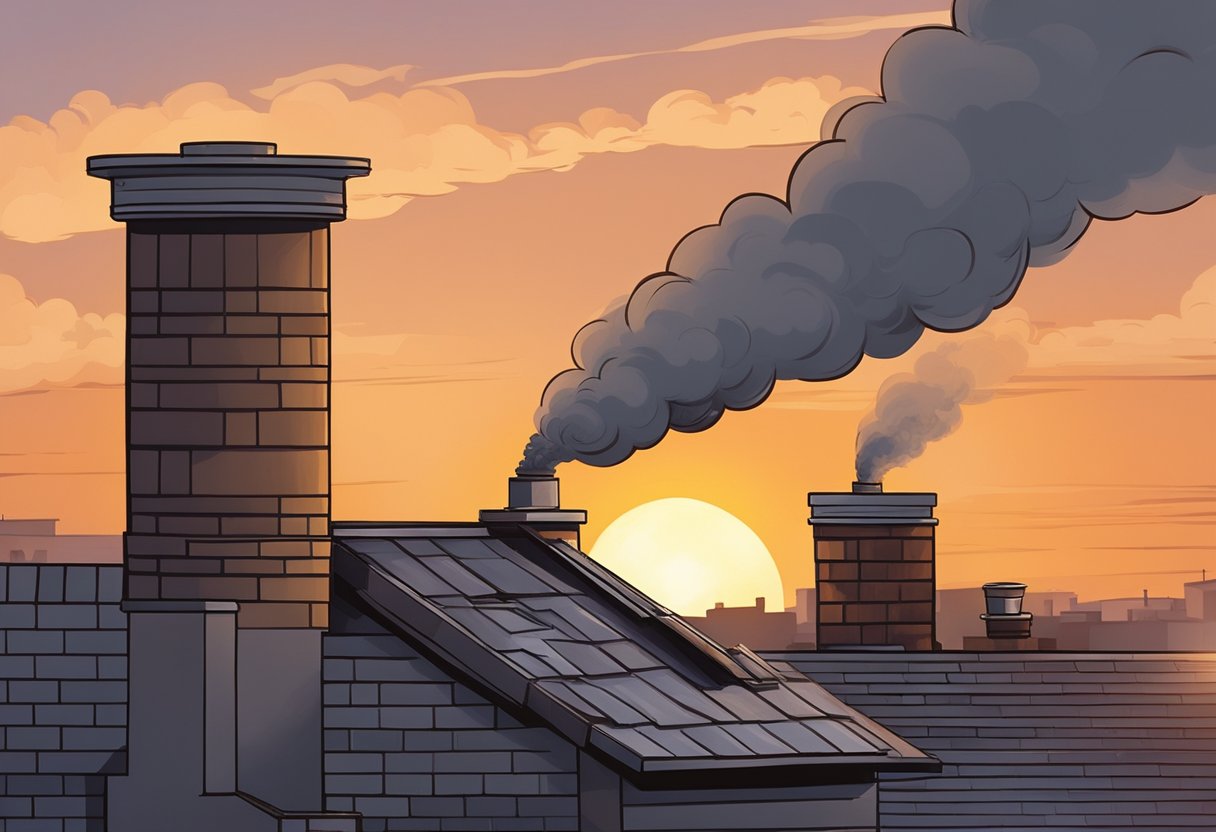Chimney Caps vs. Spark Arrestors: Which Is Essential for Your Home’s Safety? Key Differences Explained

Introduction
Protecting your home from fire hazards and unwanted intrusions is crucial for any homeowner. When it comes to chimney safety, two essential components often come into play: chimney caps and spark arrestors. While they may sound similar, these devices serve distinct purposes in safeguarding your home.
Both chimney caps and spark arrestors are important for maintaining a safe and efficient chimney system, but their functions differ. Chimney caps primarily keep out rain, snow, and animals, while spark arrestors prevent hot embers from escaping and potentially starting fires. Many modern chimney caps incorporate spark arrestor features, combining the benefits of both devices into one unit.
Selecting the right protection for your chimney depends on various factors, including your chimney type, local climate, and building codes. We recommend consulting with a professional to determine the best solution for your specific needs and to ensure proper installation for optimal performance and longevity.
Key Takeaways
- Chimney caps and spark arrestors serve different but complementary safety functions
- Many modern designs combine cap and arrestor features for comprehensive protection
- Professional consultation ensures the right choice and proper installation for your home
Understanding Chimney Caps and Spark Arrestors
Chimney caps and spark arrestors are crucial components for maintaining a safe and efficient fireplace system. These devices serve distinct yet complementary roles in protecting homes from potential hazards associated with open flames and smoke.
The Role of Chimney Caps in Home Safety
Chimney caps are protective coverings installed at the top of the flue. They serve multiple purposes in safeguarding our homes. Chimney caps keep precipitation out of the flue, preventing water damage and mold growth.
These caps also act as barriers against debris and animals. By blocking leaves, twigs, and nesting materials, they help maintain proper ventilation and reduce fire risks.
Additionally, chimney caps improve draft by directing smoke upward and away from the roof. This enhances the fireplace’s efficiency and reduces the likelihood of smoke entering our living spaces.
Function and Importance of Spark Arrestors
Spark arrestors are metal mesh screens designed to prevent embers from escaping the chimney. They play a vital role in fire prevention, especially in areas prone to wildfires.
These devices allow smoke to exit while trapping potentially dangerous sparks and embers. By containing these hot particles, spark arrestors significantly reduce the risk of roof fires or nearby combustibles igniting.
Many modern chimney caps incorporate spark arrestor features, combining the benefits of both devices. When selecting a cap or arrestor, we must consider:
- Chimney type and size
- Local climate conditions
- Building codes and regulations
Regular inspection and maintenance of these components ensure their continued effectiveness in protecting our homes from fire hazards and other chimney-related issues.
Materials and Types: Choosing the Right Fit for Your Chimney
Selecting the appropriate chimney cap or spark arrestor involves considering both materials and design. The right choice depends on your specific chimney structure, local climate, and aesthetic preferences.
Materials Used in Chimney Cap and Spark Arrestor Construction
Stainless steel is a popular choice for chimney caps and spark arrestors due to its durability and resistance to corrosion. We recommend 304-grade stainless steel for most environments, while 316-grade offers enhanced protection in coastal areas.
Galvanized steel provides a more budget-friendly option. It offers good protection but may require more frequent replacement than stainless steel.
Copper chimney caps add a luxurious aesthetic appeal. They develop a beautiful patina over time and are highly durable. However, copper is typically more expensive than other materials.
Aluminum is lightweight and corrosion-resistant. It’s suitable for milder climates but may not withstand extreme weather conditions as well as other materials.
Different Styles and Shapes for Function and Aesthetics
Single-flue caps are designed for chimneys with one flue. They’re simple and effective for basic protection.
Multi-flue caps cover multiple flues simultaneously. These are ideal for homes with several fireplaces or appliances venting through the same chimney.
Spark arrestor caps feature mesh screens to prevent sparks and embers from escaping. They’re crucial for fire safety, especially in dry climates.
Top-mount caps sit directly on the chimney crown, while slip-in caps insert into the flue. The choice depends on your chimney’s construction.
We also find that decorative caps can enhance your home’s architectural style. Options range from simple designs to ornate copper sculptures.
Wind-directional caps rotate to prevent downdrafts, improving chimney performance in windy areas.
Installation and Maintenance for Longevity and Efficiency
Proper installation and regular maintenance are crucial for maximizing the effectiveness and lifespan of chimney caps and spark arrestors. These practices ensure optimal performance and safety for your home.
Professional Installation Versus DIY Solutions
We recommend professional installation for chimney caps and spark arrestors to ensure proper fit and function. Professionals have the expertise to select the right size and type for your specific chimney. They also have the necessary tools and safety equipment to work at heights.
DIY installation can be risky and may lead to improper fit or reduced effectiveness. If you choose to install yourself, carefully measure your chimney and follow manufacturer instructions. Always prioritize safety and use appropriate ladders or scaffolding.
Professional installation typically includes:
- Accurate measurements
- Proper sealing
- Secure attachment
- Safety checks
Maintaining Your Chimney Cap and Spark Arrestor
Regular maintenance is essential for the longevity and efficiency of your chimney cap and spark arrestor. We advise inspecting these components at least twice a year, ideally before and after the heating season.
Key maintenance tasks include:
- Removing debris (leaves, twigs, bird nests)
- Checking for rust or corrosion
- Tightening fasteners
- Replacing damaged mesh screens
Annual professional inspections can identify potential issues early. Cleaning the chimney cap and spark arrestor helps prevent blockages and ensures proper ventilation. For metal caps, applying a rust-resistant coating can extend their lifespan.
If you notice any damage or malfunction, prompt repairs are crucial. Addressing issues quickly prevents more extensive damage and maintains your home’s safety.
Safeguarding Your Home from External Elements
Chimney caps and spark arrestors play crucial roles in protecting your home from various external threats. These devices shield your chimney and living space from unwanted intrusions and potential hazards.
Protection from Wildlife and Natural Debris
Chimney caps serve as effective barriers against wildlife and debris. They prevent animals like birds, squirrels, and raccoons from nesting in your chimney.
These critters can cause significant damage and pose health risks. A properly installed cap keeps them out while allowing smoke to escape.
Caps also block leaves, twigs, and other natural debris from entering your flue. This prevents clogs that could lead to dangerous chimney fires or carbon monoxide buildup in your home.
We recommend regular inspections to ensure your cap remains secure and undamaged.
Weather-Related Concerns and Solutions
Chimney caps protect against various weather-related issues. They keep rain and snow out of your chimney, preventing water damage to your flue lining and masonry.
Moisture infiltration can lead to:
- Rust on metal components
- Deterioration of mortar joints
- Cracked flue tiles
Caps also guard against downdrafts, which can blow smoke back into your home. In areas prone to wildfires, spark arrestors are crucial. They contain embers that might otherwise escape and potentially start fires on your roof or nearby vegetation.
We advise choosing a cap material suited to your local climate for optimal protection.

 We Ship Anywhere USA & Canada
We Ship Anywhere USA & Canada






